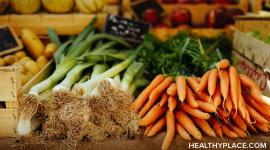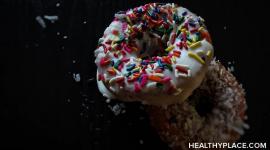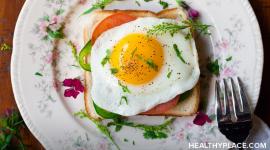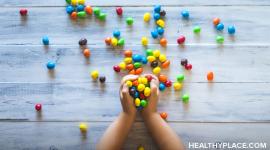Food Dyes and ADHD: Do Food Dyes Cause Hyperactivity?
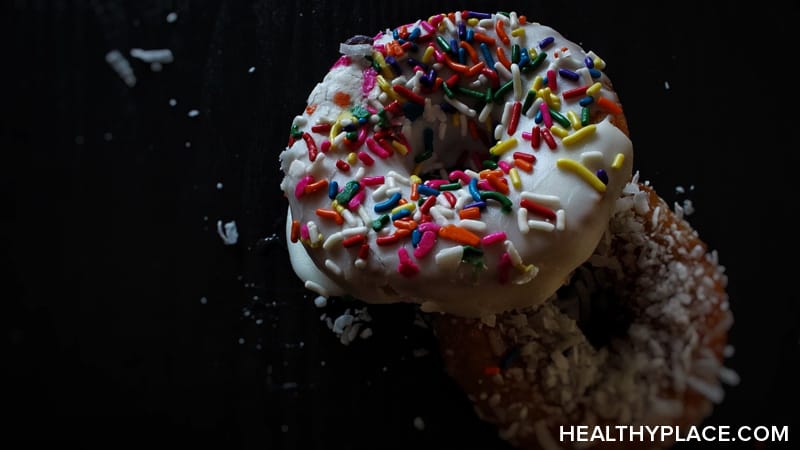
Food dyes and ADHD symptoms have been studied for decades in the quest to create a good ADHD diet plan for those with the disorder. Thus far, the research conducted has generally been inconclusive. Although there is a general agreement that some connection between food dyes and ADHD may exist, the nature of this connection is uncertain.
Food Dyes and ADHD
Although research findings are mixed on the impact of food dyes, the research suggesting negative effects is concerning. In fact, The Center for Science in Public Interest is asking the FDA to ban all artificial food dyes.
When it comes to food dyes impact on specific disorders, those with ADHD might have a distinct intolerance. In many studies, the dyes in food and ADHD symptoms (specifically hyperactivity) were positively correlated (Diets for ADHD Hyperactive Child and Inattentive Type). This means as the consumption of food dyes increase, the severity of ADHD symptoms does as well. Although research is mixed, if you have concerns about the dyes in food and ADHD symptoms of either yourself or your child, there are ways to decrease the consumption of these additives.
Dyes in Food and ADHD: What to Look Out For
Some studies identify specific additives and colorants to look out for when it comes to food dyes and ADHD.
- Blue No. 1 – this additive is often disguised in ingredients labels under the name “brilliant blue.” While it may sound harmless, in terms of food dyes and ADHD, blue no. 1 can have the same negative effects, including increased hyperactivity and decreased attention and focus.
- Blue No. 2 - this food coloring is also known at indigotine, and is present in many popular food items such as pop-tarts, M&M’s, and Betty Crocker frostings.
- Red No. 3 – also referred to as carmoisine, the food coloring red no. 3 is often put in candy, gum, and cake icings.
- Red No. 40 – in terms of food dyes and ADHD, red no. 40 (sometimes called allura red), is one of the most discussed. This may be because this is the most popularly used food dye and thus, it is in many packaged food items (i.e. – Quaker instant oatmeal, Fruit Loops, Frito-Lay chips, etc.). And although the FDA has approved this food dye, it has, at times, been banned in Australia and much of Europe, due to health concerns. Many studies have been done on this food dye and ADHD symptoms. Red no. 40 has been linked to increased nervousness and decreased ability to concentrate.
- Yellow No. 5 – the second most commonly used food dye in America, yellow no. 5 (also called tartrazine) is linked to increased hyperactivity. Be sure to check for this additive when considering the impact of food additives and ADHD.
- Yellow No. 6 – on many ingredient labels, yellow no. 6 is referred to as sunset yellow. This is another common food dye found in things like fruit roll-ups, gelatin desserts, and instant puddings.
- Green No. 3 – this food coloring, although rarely used anymore, can still be found in some candies, pudding, ice cream, and beverages.
- Sodium Benzoate – found in pickles, fruit juices, and carbonated drinks, sodium benzoate is a food preservative, is used to stop the growth of microorganisms.
APA Reference
Jarrold, J.
(2021, December 20). Food Dyes and ADHD: Do Food Dyes Cause Hyperactivity?, HealthyPlace. Retrieved
on 2025, December 22 from https://www.healthyplace.com/adhd/food-and-adhd/food-dyes-and-adhd-do-food-dyes-cause-hyperactivity
